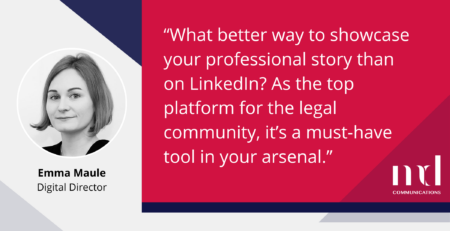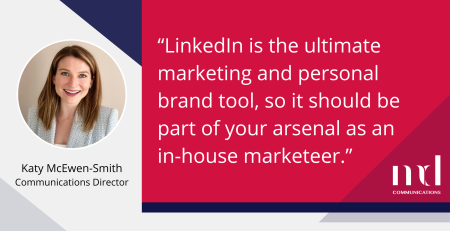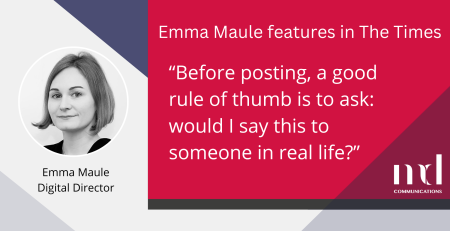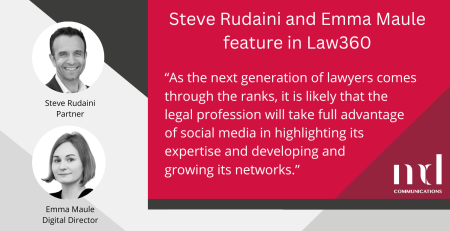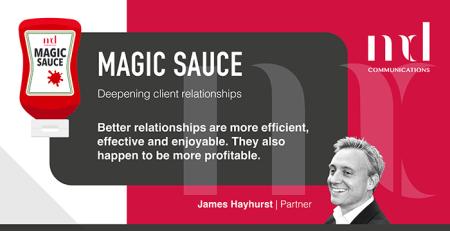A common misconception across all sectors is that communications and PR consultants provide a service you can simply clip on to what you do. It would take quite a coincidence for the way a business is run and organised to perfectly match the ideal comms plan.
Networks of professional services firms who have linked up by association are a particular challenge, because each network member retains their own name, branding and culture. It is a hard to get recognised when the competing big boys can push a single, unified brand and message.
Consider also, for the firm leaders within the network, alliance or association, much of their available time is spent on the mechanics of keeping a firm and the group functioning. Unsurprisingly, an important area gets forgotten: the group’s ‘brand’, i.e. how others, especially clients, target clients and other professional firms see it.
Let’s break down the main challenges that networks and alliances face:
- competition from the large unitary brands
- networks and alliances include multiple brands, each with a distinct and divergent profile in its chosen market
- communication within the network or alliance can be poor
- establishing areas of shared culture/ values across different firms in different jurisdictions
- divergent rewards
- different service standards and norms
What is needed is a unified language and ‘narrative’ for the group and its members. Getting this right from a comms perspective isn’t spin – it actually involves some changes in the way things are done at the firms.
A strong strategy for building a network/alliance ‘brand’ therefore needs to include the following.
Groundwork
- Define your unified purpose. By their own account, what do the network members share and why have they come together?
- A clear picture of the way clients see the network and the firm is through their primary contact within the network – so ensure you have chosen the right person within your organisation and have a feedback programme in place. Client feedback post-matter should be as consistent as possible, and be fully available to the leaders who superintend the network.
- Mapping client needs to show key jurisdictions and key gaps. Advice coverage will be a key concern for clients – addressing this side of the brand is therefore a useful tool for assessing the strength of the network.
- Appropriate management and partner time needs to be ring-fenced for activities linked to the network.
- Are contributions, benefits and shared rewards clear and accepted among the network’s members?
Building the brand
- The map: advice coverage is key – clients will want to know that the network can handle the instructions they are given, by jurisdiction and practice area. At its most basic, they should be able to look at a map of areas the network covers and be reassured.
- Track record: have network members shown they can work together? This should be as specific as possible.
- Service levels: the ‘mega-brands’ with which networks compete will be aiming for as uniform a client-experience of service levels as possible. Can a network talk with confidence about service levels?
- A shared language: basic shared materials that stress ‘the map’, the ‘track record’, and ‘service levels’ are important. Producing these is as much about educating the network’s members and partners as it is about having glossy materials to show clients at a pitch for work.
- Horizon scanning: predicting future issues for clients is a classic way to add value for clients. Network members should co-operate on this to stress the value of the network.
- The competition: what does the network have that other networks or firms do not? This needs to be spelt out.
A network whose members have gone through this process will have an authentic story to tell along with clear concise messaging. For any marketing, business development or PR professional they will be a dream client, because they have understood from the outset what people want and need to hear.
We work with network organisations across the professional services sector and help them to define their purpose and promote their messaging across both their members and their external audiences.
Read more about our reputation management services.



